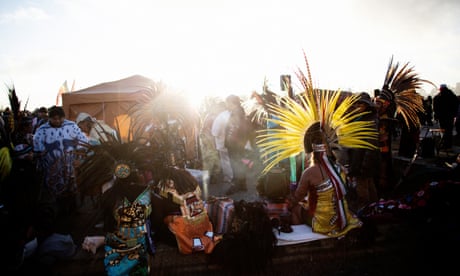The Enduring Fascination with Escape from Alcatraz: History, Legacy, and Modern Debates

Few prison stories grip the public imagination quite like the escape from Alcatraz. Perched on a forbidding island in San Francisco Bay, Alcatraz was once regarded as America’s most secure prison. Its legacy, tales of daring escapes, and continued presence in today’s media make it a topic of ongoing fascination.
The Infamous Escape from Alcatraz
The most legendary tale associated with Alcatraz is undoubtedly the 1962 escape. On a cold June night, three inmates—Frank Morris and brothers John and Clarence Anglin—vanished from their cells. Using ingenious tools and makeshift rafts, they attempted to conquer the churning currents and reach the mainland. Although their fate remains uncertain, the story of their escape from Alcatraz has inspired books, documentaries, and even a major Hollywood film starring Clint Eastwood.
This famous episode cemented the prison’s place in American folklore. It also highlighted the harsh conditions and solitary confinement that made escape nearly impossible. The mysterious fate of these escapees continues to prompt debate: Did they survive, or did the treacherous waters claim them?
Alcatraz’s Enduring Cultural Legacy
Decades after the prison closed in 1963, Alcatraz remains a potent symbol of isolation and resilience. Each year, more than a million tourists visit the island, eager to walk through its echoing halls and peer into the tiny cells. The site also serves as a reminder of deeper social themes, including mass incarceration and Indigenous history.
Recent news has brought renewed attention to the Rock. Some proposals, such as the controversial idea to revive Alcatraz as a federal prison, have sparked intense public debate. Many point to the high costs and the site’s symbolic legacy. For in-depth perspectives on these developments, read CNN’s analysis on the political metaphors tied to Alcatraz. This article examines proposals to reopen the prison and how it resonates with broader questions of law, order, and American identity.
Resistance, Tourism, and Modern Debates
Alcatraz’s story does not end with escapes and notorious inmates. In 1969, Native American activists famously occupied the island, drawing attention to Indigenous rights and broken treaties. Today, annual sunrise ceremonies honor that resistance and connect visitors to an often-overlooked part of the island’s past.
The debate over the potential reopening of Alcatraz as a prison has drawn sharp criticism—as well as some support—from various corners. Many visitors, historians, and Indigenous people argue that the site should remain a monument to the past rather than return to its former function. Insights from tourists and community members are captured in The Guardian’s feature on reactions to recent proposals regarding Alcatraz.
Why the Escape from Alcatraz Remains a Touchstone
So why do stories like the escape from Alcatraz still resonate? Perhaps it’s the combination of daring human spirit, extreme isolation, and the mystery left unsolved. This singular event encapsulates the power of hope against all odds, challenging both physical and psychological boundaries. Alcatraz’s ongoing relevance proves that some stories never lose their grip on the public mind.
Conclusion: Memory, Mystery, and Meaning
From tales of infamous escapes to its role in contemporary culture, Alcatraz remains a symbol fraught with meaning. Whether you’re exploring its haunted corridors in person or revisiting the escape from Alcatraz through films and books, the island continues to challenge, inspire, and provoke.
Curious to dive deeper into the evolving debates and the future of this landmark? Explore further coverage in the New York Times' Alcatraz feature. The enduring allure of Alcatraz—and the mysteries it holds—ensure that its legacy will never fade from America’s imagination.